Persian Blue Salt vs Himalayan Pink Salt
Persian Blue Salt and Himalayan Pink Salt are two types of natural salts that have gained popularity in recent years for their unique taste, texture, and health benefits. While both salts are harvested from ancient salt mines, they differ in their mineral content, color, and origin.
Persian Blue Salt, also known as Iran Blue Salt, is a rare and exotic salt that comes from the salt mines of Iran. It gets its distinctive blue color from the presence of sylvinite, a mineral found only in this region. Persian Blue Salt is a coarse-grained salt with a slightly sweet and nutty flavor. It is believed to have numerous health benefits, including regulating blood pressure, promoting healthy digestion, and reducing inflammation.
Himalayan Pink Salt, on the other hand, is a type of rock salt that is mined from the Khewra Salt Mine in Pakistan. It is named for its pinkish hue, which comes from the presence of iron oxide. Himalayan Pink Salt is also known for its coarse texture and subtle flavor. Like Persian Blue Salt, it is believed to have health benefits such as improving respiratory function, promoting healthy sleep, and reducing the risk of heart disease.
One of the main differences between Persian Blue Salt and Himalayan Pink Salt is their mineral content. Persian Blue Salt contains high levels of potassium, calcium, and magnesium, while Himalayan Pink Salt is known for its high levels of sodium, iron, and other trace minerals.
In terms of taste and texture, Persian Blue Salt is known for its slightly sweet and nutty flavor, while Himalayan Pink Salt has a subtler taste with a slightly earthy undertone. Both salts have a coarse texture that satisfies dishes’ crunch and can be used as a finishing salt.
Persian Blue Salt and Himalayan Pink Salt are two unique and flavorful salts that have gained popularity for their health benefits and distinct characteristics. While they differ in their mineral content, origin, and color, both salts can add depth and complexity to any dish and are worth exploring for anyone looking to enhance their culinary experiences.
Blue Salt Benefits:
Persian Blue Salt has these wonderful benefits, it’s always best to use any salt in moderation.
- Rich in Minerals: It contains essential minerals like magnesium, calcium, and potassium.
- Flavorful Addition: Adds a clean, crisp, and slightly minerally flavor to dishes.
- Hydration Support: Helps maintain proper hydration levels in the body.
- Heart Health: May contribute to a stronger heart and stabilized blood pressure.
- Muscle Function: Supports muscle function thanks to its mineral content.
- Lower Sodium: Contains less sodium compared to regular table salt, which is beneficial for blood pressure control.
- Alkalizing Effects: Has potential alkalizing effects on the body, promoting overall well-being.
- Antioxidant Properties: The antioxidants present may help reduce oxidative stress in the body.
What is the difference between blue and pink salt?
Blue salt or Persian Blue Salt is one of the best types of salts in the world that contains very useful minerals. Blue salt is 100% Iranian and it is formed in the mines of Semnan and Garmsar under special temperature and pressure conditions in the form of blue veins in the heart of the salt rock. This type of salt is extremely rare and must be broken down by many salt stones to extract it, which is why it is more expensive than regular salts.
Pink Himalayan salt is an edible salt and contains minerals such as calcium, magnesium, iron and potassium in its compounds. The pink and sometimes red color of Himalayan salt is due to the presence of iron oxide. Pink salt is extracted from the Punjab region of Pakistan, near the foothills of the Himalayas, in the form of large pieces of salt rock and has extraordinary minerals.
Visit this link to buy Persian blue salt at a reasonable price and the best quality.
Often, when it comes to salt, the first image that comes to mind is the normal salt in the kitchen. White salt with very fine grains, which after purification and cleaning, some edible iodine is added and used for salt at tables, tablecloths and inside food during cooking.
Today, however, other types of salt have entered people’s food baskets, which is more useful than regular salt. Including Himalayan pink salt and blue salt, each of which has different properties and benefits. These two salts, in addition to oral and daily consumption, are sometimes used to treat certain diseases as a use on the skin. In this article, we are going to take a detailed look at these two types of salt by addressing the question, “What is the difference between blue and pink salt?” and invite you to stay with us until the end..
What is Persian blue salt?
Blue salt is a rare mineral salt rich in nutrients for the human body and its formation is several million years old. During several hundreds of millions of years, in the climatic conditions and movements of the continental plates, potassium has been specially placed in salt crystals, and the result has become what is extracted today with hard and time-consuming processes and is offered in the store of Ersaly blue salt store.
After much research on this type of salt, the online store Ersaly Sales Center Original Blue In Iran realized its unique properties. Blue salt has a considerable amount of potassium, which causes the blueness of salt crystals. The blue color in salt crystals is in the form of delicate veins, and after milling, the salt is still blue. Profiteers try to sell fake salt to consumers by dyeing salts, so we recommend buying blue salt from reputable and well-known stores for a reliable and cost-effective shopping experience..
What is Himalayan pink salt Powder?
Pink Himalayan salt powder is an edible salt and contains minerals such as calcium, magnesium, iron and potassium in its compounds. The pink and sometimes red color of Himalayan salt is due to the presence of iron oxide. Pink salt is extracted from the Punjab region of Pakistan, near the foothills of the Himalayas, in the form of large pieces of salt rock and has extraordinary minerals. Himalayan pink salt has properties similar to Crystal Blue Salt It is sold in the form of semi-coarse crystals in damaged salts. It is better not to use pink salt for cooking so that salt minerals do not lose their properties due to heat.
What do you know about the benefits of pink Himalayan salt?
In addition to oral intake, Himalayan pink salt is used in different forms and has great health benefits. These properties include increasing serotonin hormone levels in the body, helping to treat migraines, removing throat sputum, and treating bronchitis. Also, elements in crystals Himalayan salt In addition to supplying the required salts, the body has natural antiseptic properties for the mouth and teeth. Other properties of pink salt include :
- Himalayan salt mask: It is a simple way to eliminate acne, and facial pimples and strengthen skin and hair. Simply combine half a tablespoon of Himalayan salt with half a cup of distilled water and place on your skin, wash your face with cold water after 20 minutes.
- Treat dandruff with Himalayan pink salt: The antiseptic properties of Himalayan salt are suitable for people who have problems with scalp itching and dandruff. Combine as much as two teaspoons of pink salt with two tablespoons of shampoo. Then rub slowly on your hair, massage and rinse with lukewarm water.
- Pink salt and migraine treatment: Anti-inflammatory properties are positive functions of Himalayan salt, which improves self-circulation in the body and helps treat migraines.
Don’t forget that pink Himalayan salt contains significant amounts of sodium chloride. Despite all the advantages of this unique salt indulgence in its consumption, it causes heart failure, liver cirrhosis, high blood pressure, and kidney disease. On the other hand, pink salt lacks iodine and is not recommended for people who need this ingredient.
How to use Himalayan pink salt
Himalayan salt is used in a variety of ways depending on its application:
- For cooking
- For seasoning
- For food storage
- Replacement for bath salts
The nutritional value of Himalayan pink salt
Pink Himalayan salt has many minerals and essential elements. However, these minerals are present in very small amounts and are not harmful to health.
- Calcium 6 Mg
- Potassium 8 Mg
- Iron 0369 Mg
- Magnesium 06 Mg
- Sodium 368 Mg
Get to know the properties of blue salt
Aqueous salt has very useful minerals such as potassium, calcium, iron and magnesium, essential for body health. In the following, we will briefly learn about the positive effects of each element in the body. :
- potassium: It plays an important role in body health including for maintaining the balance of body fluids, regulating muscle contractions, maintaining regular beats for the heart, helping to lower blood pressure, and protect against stroke are only part of the unparalleled benefits of this important ingredient. Potassium in aqueous salt can provide part of this body’s need easily.
- calcium: Everyone is somewhat familiar with the important role of calcium for the body, for example calcium deficiency in the body increases the likelihood of osteoporosis and rickets. Research has also shown that people who receive a good amount of calcium are less at risk of developing colon cancer, and blue salt can be one of the available sources for calcium absorption in the body..
- Iron and magnesium: Aqueous salt also contains valuable amounts of iron and magnesium. The iron element helps transport oxygen to the lungs through red blood cells, and magnesium reduces the risk of diabetes, and cardiovascular disease in the body.
In addition to the elements, aqueous salt contains 98% natural and pure sodium chloride, which makes the taste of food and foods more pleasant for us..
Differences between blue and pink salt
Now, with the knowledge we have gained from pink and blue salts, what is the better answer to the question of blue and pink salt? We will. In terms of the elements, both salts contain calcium, potassium, magnesium, iron and sodium chloride but with different percentages. For example, blue salt has a higher amount of potassium, so it is blue, and pink salt is formed in red and pink due to a higher percentage of iron oxide.
What is the difference between edible salt and Himalayan pink salt?
Table salt has a higher amount of sodium than Himalayan salt. Pink Himalayan salt contains amounts of minerals such as zinc, magnesium, calcium, potassium, and iron. These minerals are not contained in edible salt.
There are no additives in Himalayan salt, due to the presence of various mineral impurities such as magnesium, potassium, calcium and iron in pink. Table salt contains additives such as anti-boiling agents and is processed to eliminate impurities, while Himalayan salt is not processed.
The pink Salt of the Himalayas is much more balanced and healthier than regular edible salt. Real, high-quality Himalayan pink salt is one of the purest salts you can find. It is even usually extracted by hand. This is very different from oral salt, which has a lot of abnormal interference. Edible salt is highly processed, and its minerals are removed and placed on the iodine source list only because it has added iodine. Commercial edible salt is usually 97.5 Percentage up 99.9 The percentage of chloride is sodium. Meanwhile, high-quality unrefined salts such as Himalayan sea salt may only be around 87 sodium chloride percentage.
FAQ:
Does Himalayan salt contain iodine?
The iodine content in Himalayan salt is less than 0.1 it’s hot. This amount does not cause any harm to humans. However, iodine is essential for properly functioning cells, tissues, and muscles. Also required for thyroid hormone production.
Can Himalayan pink salt be used for stomach pain?
Pink Himalayan salt is one of the natural ways to relieve stomach pain. It can also be used to treat stomach infections and help with de-creaming.



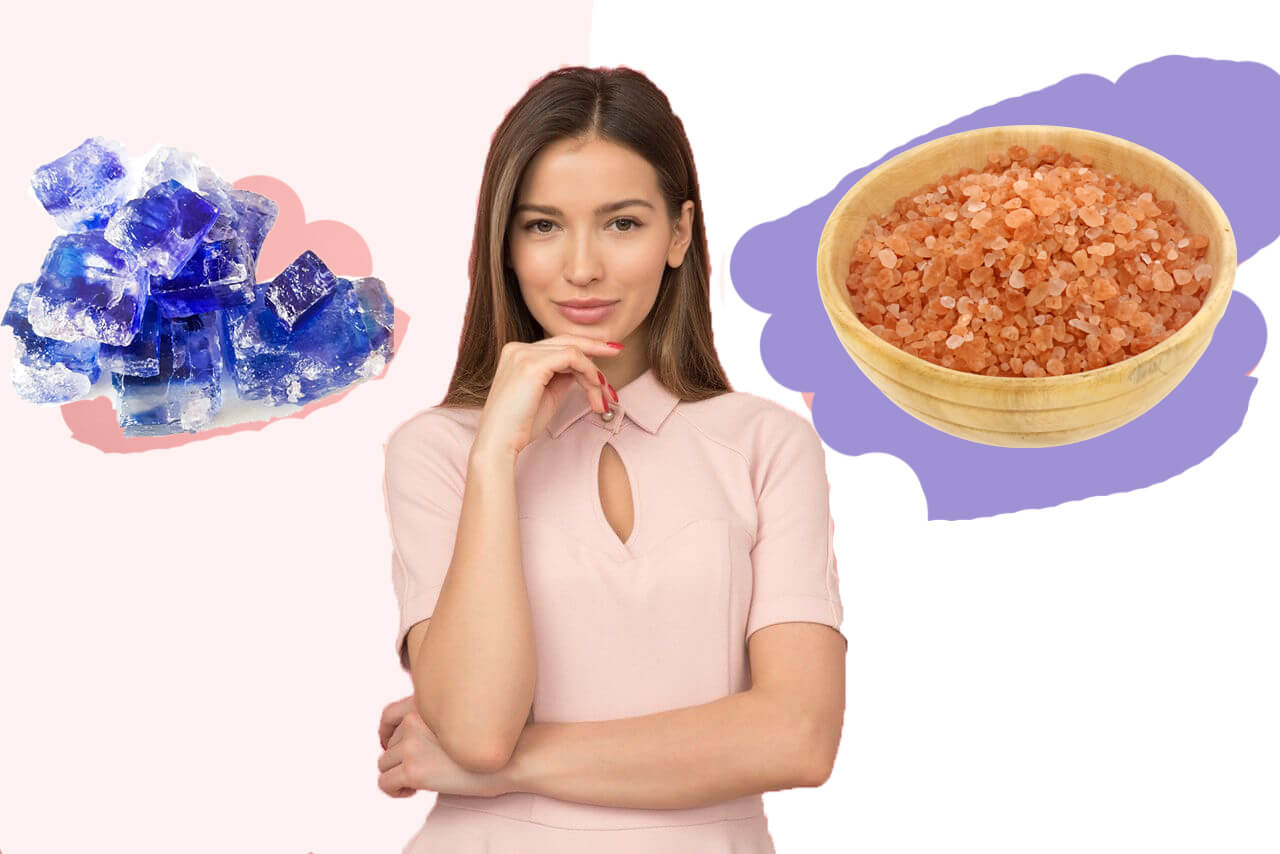
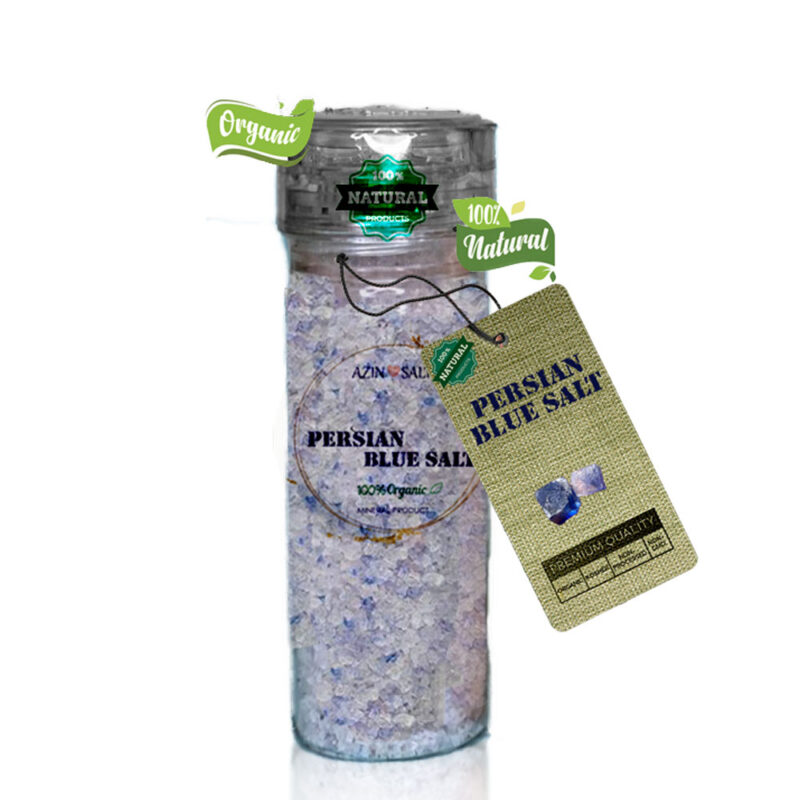
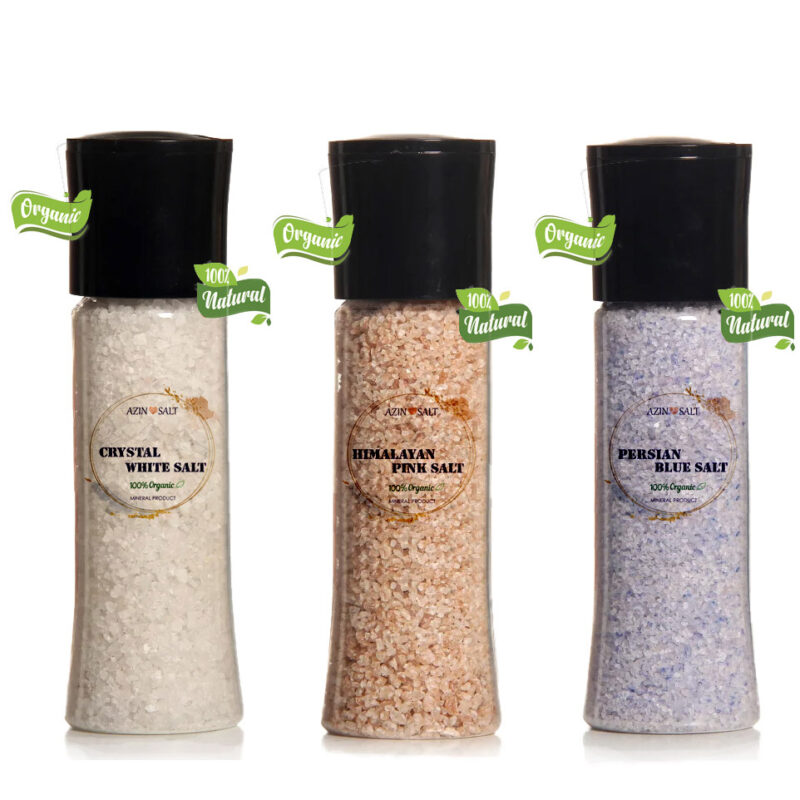
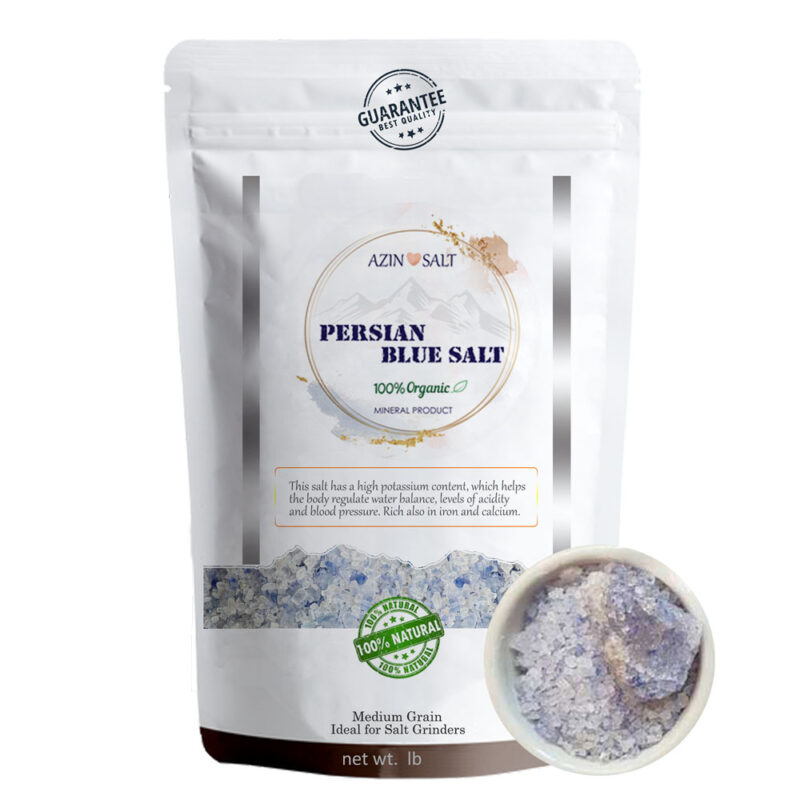
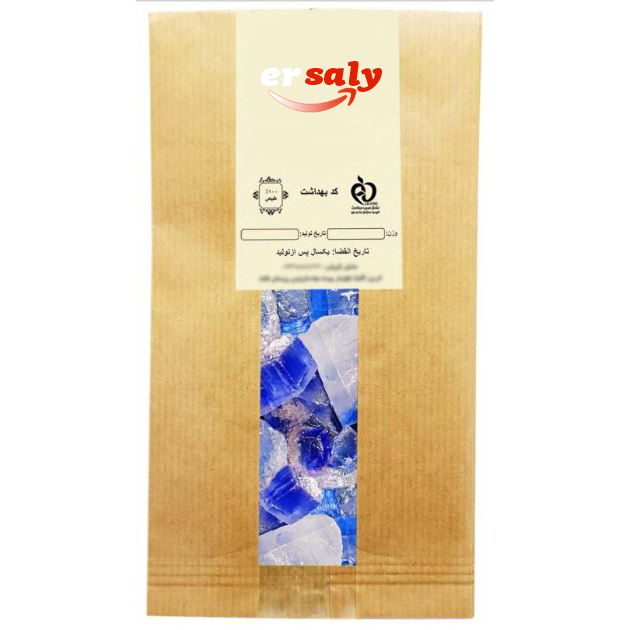
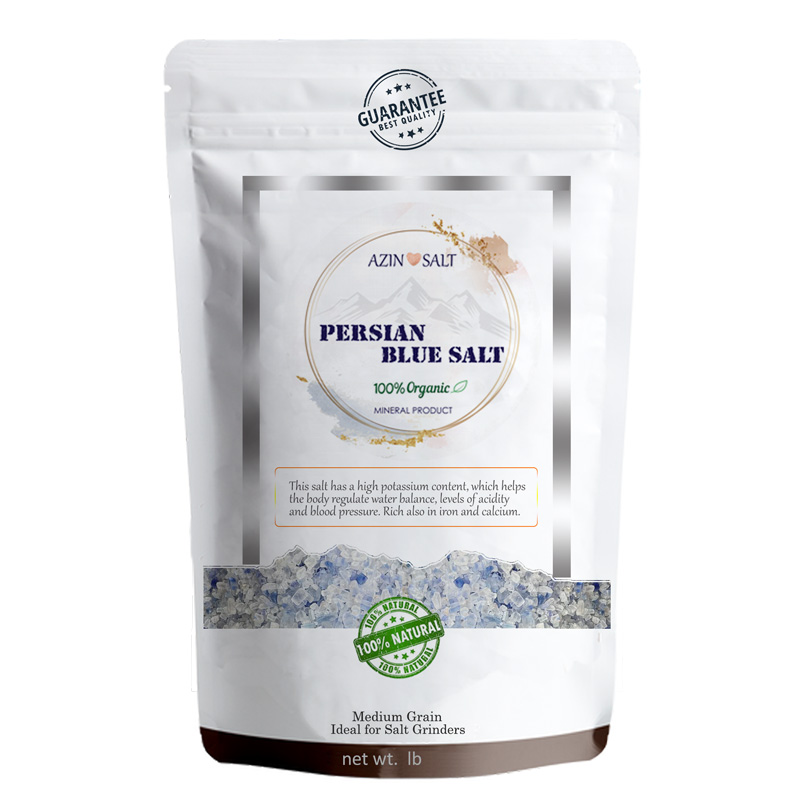
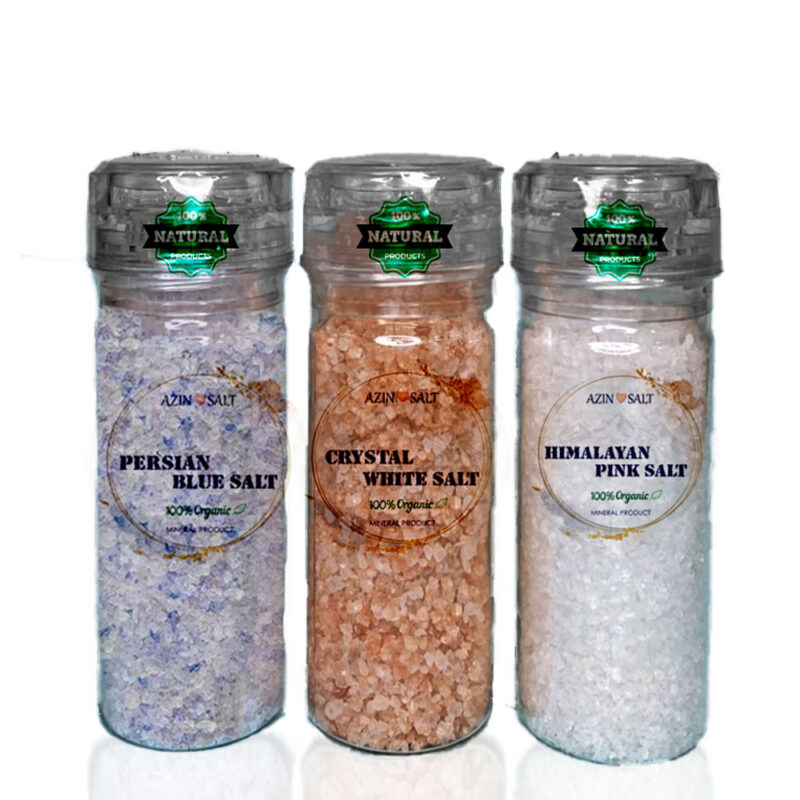
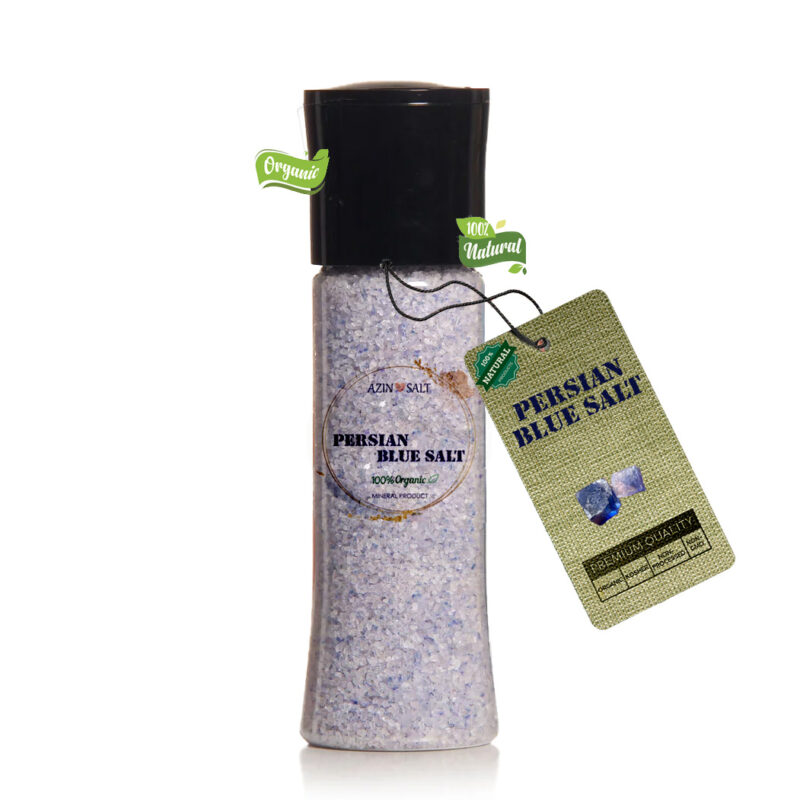
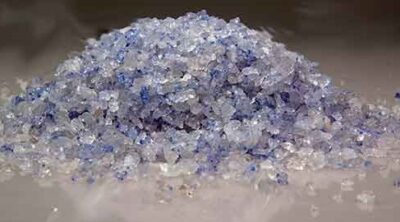
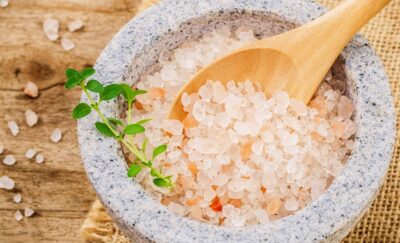
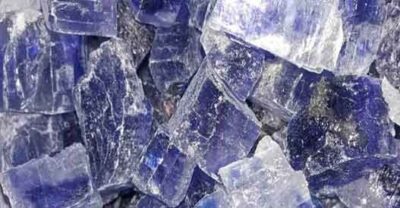

Hi Ersaly, thanks for writing about this article, i have an ask, Is blue salt safe to eat?
Absolutely! Blue salt, like other culinary salts, is safe for consumption, Blue salt is not only a culinary delight but also comes with a sprinkle of health benefits. Rich in minerals, it’s a great addition to a balanced diet.